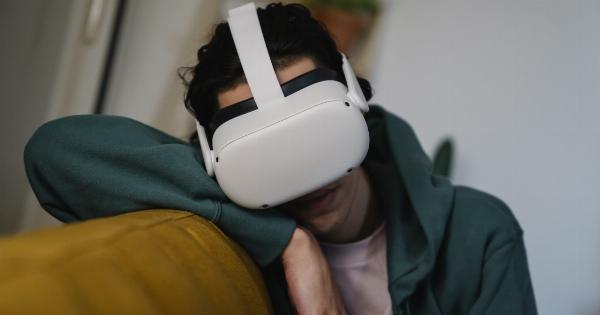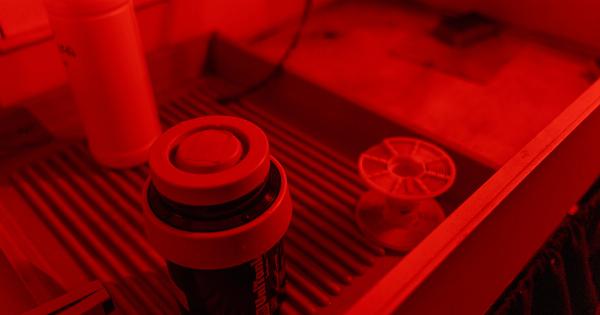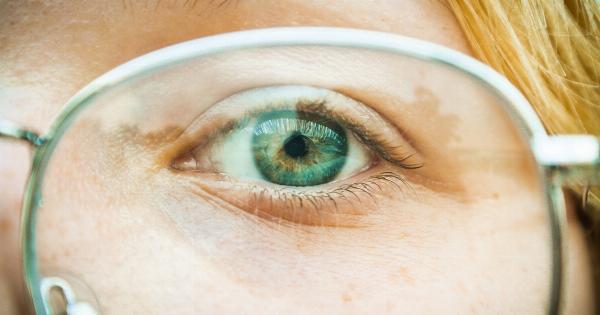Advancements in technology have revolutionized the way we approach various fields, including healthcare and medicine. One such breakthrough is the development of 3D printing, which has transformed the way we design and manufacture complex objects.
The applications of 3D printing are widespread, and this technology has now been harnessed to create a corneal eye lighter. This innovative approach has the potential to greatly impact the ophthalmology field and improve the quality of life for individuals with certain ocular conditions.
The Importance of the Cornea
The cornea is the transparent outer layer of the eye that covers the iris, pupil, and anterior chamber. It plays a vital role in vision, refracting light and focusing it onto the retina.
Any issues or damage to the cornea can lead to vision impairment or loss.
Traditionally, corneal disorders such as corneal dystrophy, degeneration, or trauma were treated using corneal transplantation. This procedure involves replacing the damaged cornea with a healthy donor cornea.
However, there are several limitations and challenges associated with corneal transplantation, including a limited supply of donor corneas, risk of graft rejection, and the need for lifelong immunosuppressive medications.
Enter 3D Printing
3D printing, also known as additive manufacturing, is a process of creating three-dimensional objects by adding layers of material. It allows for the production of complex structures with high precision and customization.
This technology has already been applied in various industries, ranging from aerospace to fashion, and its potential in the medical field is immense.
In recent years, researchers and engineers have explored the possibilities of 3D printing in creating artificial corneas or corneal implants. The aim is to develop a more efficient and accessible approach to treating corneal disorders.
The Corneal Eye Lighter
One remarkable application of 3D printing in ophthalmology is the creation of a corneal eye lighter. This innovative device aims to improve vision for individuals with corneal disorders, such as keratoconus.
Keratoconus is a progressive eye disease that causes the cornea to thin and bulge into a cone-like shape, leading to distorted vision. Traditionally, glasses or contact lenses are used to correct vision in keratoconus patients.
However, these methods often have limitations and may not provide optimal vision correction.
The corneal eye lighter, created using 3D printing technology, is a customized device that is placed directly onto the cornea. It acts as a support structure, reshaping the cornea and improving vision.
The device is designed to be minimally invasive and can be easily removed or adjusted as needed.
Advantages of the Corneal Eye Lighter
The corneal eye lighter offers several advantages over traditional treatment methods for keratoconus and other corneal disorders:.
1. Customization:
Each corneal eye lighter is tailored to the individual patient’s eye, ensuring a precise fit and optimal vision correction.
2. Non-invasive:
The device is designed to be minimally invasive, reducing the risks and discomfort associated with surgical procedures.
3. Reversibility:
The corneal eye lighter can be easily removed or adjusted if necessary, providing flexibility for patients and ophthalmologists.
4. Improved Vision:
By reshaping the cornea, the device significantly improves vision for individuals with corneal disorders.
5. Reduced Dependence on Glasses or Contact Lenses:
The corneal eye lighter aims to reduce the reliance on corrective eyewear, offering a more comfortable and convenient solution for vision correction.
6. Potential Cost Savings:
While the initial cost of the corneal eye lighter may be higher than traditional treatments, it has the potential to save costs in the long run.
The device’s reusability and adjustability can eliminate the need for frequent replacements or changes in prescription glasses or contact lenses.
Ongoing Research and Future Potential
While the corneal eye lighter is still in the early stages of development, ongoing research and advancements in 3D printing technology hold promising potential for the future.
Researchers are exploring different materials and designs to further improve the effectiveness and comfort of the device.
Additionally, 3D printing technology opens doors for innovation in other areas of ophthalmology. It could be used to create customized lenses, ocular prosthetics, or even bio-printed corneas using a patient’s own cells.
The Road Ahead
As 3D printing technology continues to evolve and mature, its applications in healthcare and medicine will expand.
The corneal eye lighter is just one example of how this innovative technology can improve treatment options and outcomes for individuals with corneal disorders.
With further research and advancements, the corneal eye lighter has the potential to revolutionize the field of ophthalmology, offering a more accessible and efficient solution for vision correction.
By utilizing the precision and customization capabilities of 3D printing, we can bring about meaningful changes in the lives of countless individuals suffering from corneal disorders.































